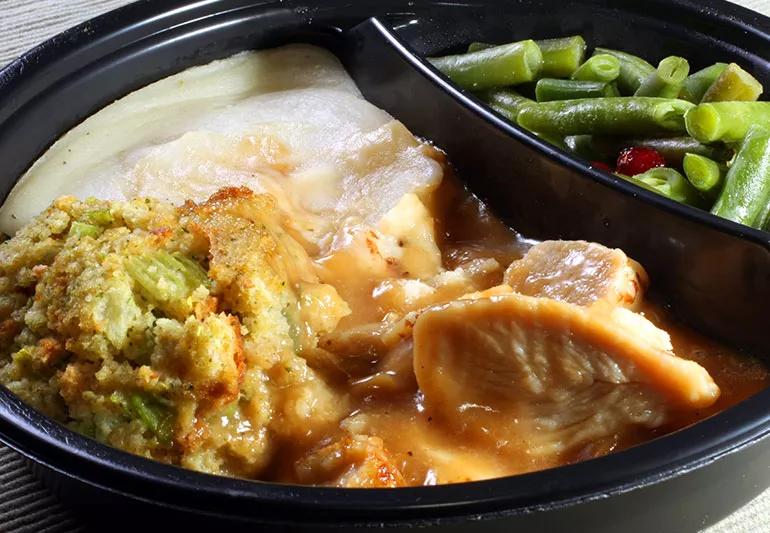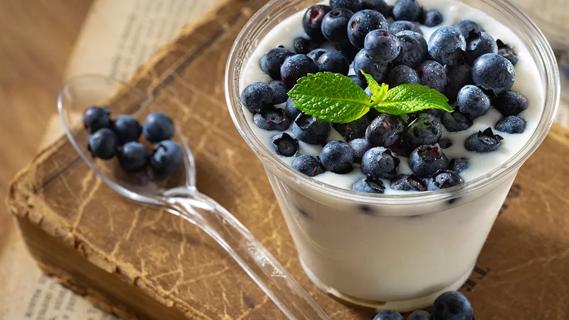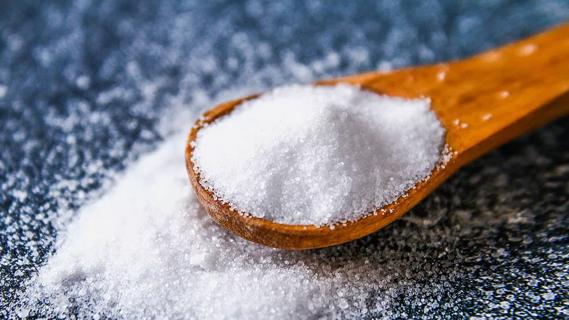How to get the most from your frozen entrée

When you’re rushing to get ready for work or too tired to cook dinner, nothing’s easier than grabbing a frozen entrée. After all, the prep time is zero.
Cleveland Clinic is a non-profit academic medical center. Advertising on our site helps support our mission. We do not endorse non-Cleveland Clinic products or services. Policy
But how do you make sure these convenient meals aren’t hurting your efforts to stay healthy (and trim)? Registered dietitian Anna Taylor, MS, RD, LD, CDCES, offers eight tips to keep in mind when browsing the frozen food aisle.
Many frozen dinners are packed with tons of salt and saturated fat, but these aren’t your only options. There are ways to find healthy, convenient frozen meals for you and your family!
“The most important thing to look at is the ingredients list,” says Taylor. If you can find meals with fewer than seven ingredients, she says, you’re more likely to be eating whole foods and less likely to be eating additives and preservatives.
The quality of the ingredients is more important than the quantity of calories, she says.
Just because a product is advertised as “organic,” “natural” or “vegan” doesn’t necessarily mean it’s healthy. You have to read the nutrition label and ingredients list to be sure.
“The best meals have a nice portion of colorful vegetables, a lean protein source (like chicken, turkey, beans or fish/seafood) and either a whole grain or a starchy vegetable,” says Taylor.
If any of these elements are missing, add them as a side. “Try pairing a chicken and sweet potato entree with a side salad, or round out your meal with raw veggies and hummus,” she notes.
“Entrees that utilize 100% whole grains or even grain alternatives, like bean pasta and cauliflower rice, are best,” says Taylor.
Finding refined grains, like white rice, in a frozen meal “is a deal-breaker for me,” she adds.
“Compared to traditional frozen entrees, ‘lean’ and ‘light’ varieties typically shave off considerable calories, saturated fat and sodium,” notes Taylor.
Such meals are typically less than 400 calories — a good limit when you’re watching your weight.
“Steer clear of ‘hearty’ or ‘family-size’ meals unless you plan on sharing them,” she adds. Even then, these products are often high in unhealthy saturated fats, sodium, added sugars and refined grains, so keep an eye on the label.
Fiber is a nutrient missing from most processed foods. Fiber eases digestion and helps you feel full so you don’t overeat.
“Choosing meals with beans, whole grains and vegetables is a good way to increase your fiber,” says Taylor. “Aim for at least 25 to 35 grams of fiber per day.”
Try to avoid frozen entrées that solely contain starch, such as macaroni and cheese, suggests Taylor. Instead, choose more balanced options that also contain lean protein and vegetables.
“If you crave the comfort of a starchy meal, eat only half the portion of the meal, then balance out the meal with a source of protein and some vegetables, like a hard-boiled egg and side salad,” she says. “Balance is key to supporting your overall health and quieting those carb and sugar cravings.”
Frozen meals can be notoriously high in sodium and saturated fat. “The worst frozen meals have more than 700 grams of sodium and more than 4 to 5 grams of saturated fat,” says Taylor.
It’s best to limit the sodium in your frozen meals to 600 milligrams or less, and the saturated fat to 3 grams or less.
Avoid any meal containing trans fats, says Taylor. The FDA has ruled it unsafe for human consumption. Here’s her pro-tip: “Scan the ingredients list for ‘partially hydrogenated oils,’ a fancier term for trans fats.”
Taylor advises limiting added sugar as well. The daily limit for added sugars is 25 grams for women and 36 grams for men. “Many frozen entrees labeled ‘healthy’ are high in added sugar. Some contain 12 grams — that’s a whole tablespoon!”
On most days of the week, you’ll want to rely on fresh meals — or tasty leftovers. “At the end of the day, I would limit frozen meals to no more than twice a week,” notes Taylor.
But when you need the convenience of a frozen entrée, these tips can guide your choices.
Learn more about our editorial process.

Both are needed for a healthy body

Wrapped or sandwiched, try to choose fillings and condiments that are minimally processed, low in saturated fat and high in fiber

It depends on factors like your age, activity level and if you want to maintain, lose or gain weight

Genetics, metabolism and hormonal fluctuations can all make weight loss more difficult

Snacking can bring benefits with healthy food choices and planning

Excess salt and sodium consumption is a worldwide health concern

It has nutrients your body needs, but it also comes with some serious health risks

Despite what you may have heard, pork is actually red meat (and it comes with the same risks as other red meats)

Your metabolism may torch 1,300 to 2,000 calories daily with no activity

A gentle touch in all the right places may help drain your sinuses